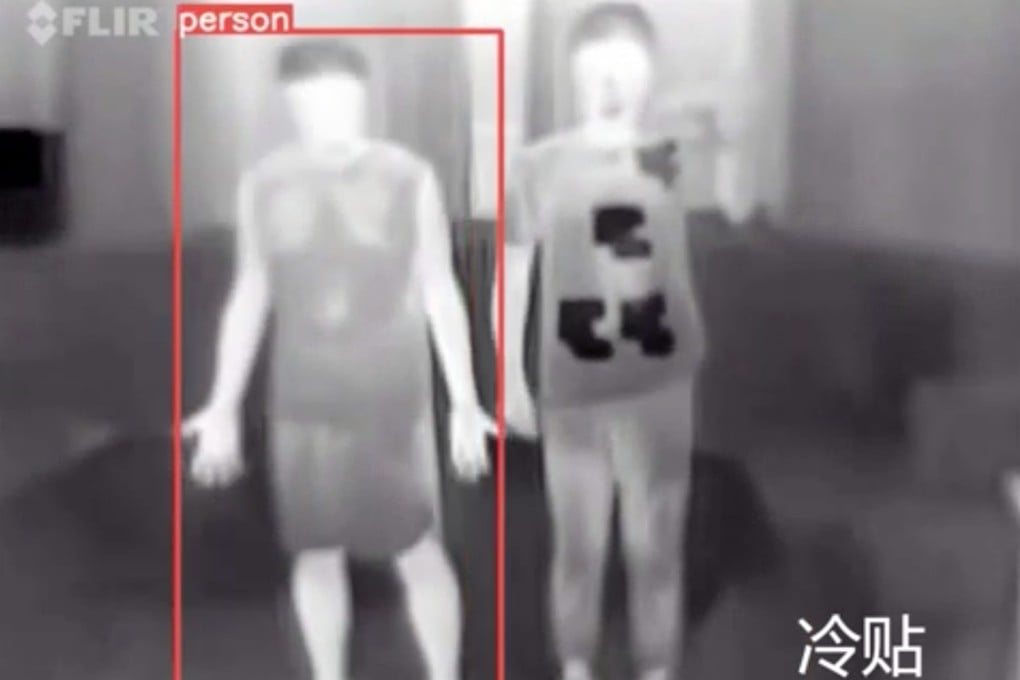How Chinese students came up with an ‘invisibility cloak’ that evades security cameras
- The InvisDefense coat allows the wearer to be seen but not detected as human, with implications for anti-drone tech and the battlefield
- Team says results shows up loopholes in current AI and recognition technology and developers could use the findings to refine it

The InvisDefense coat can be seen by human eyes but is covered in a pattern that blinds cameras in the day and sends out unusual heat signals at night, according to the team.

“Nowadays, many surveillance devices can detect human bodies. Cameras on the road have pedestrian detection functions and smart cars can identify pedestrians, roads and obstacles. Our InvisDefense allows the camera to capture you, but it cannot tell if you are human,” Wang said.
During the day, cameras often detect human bodies through motion recognition and contour recognition. Bearing a specially designed camouflage pattern on its surface, the InvisDefense can interfere with the recognition algorithm of machine vision, effectively blinding the camera so it cannot identify the wearer as a person.
